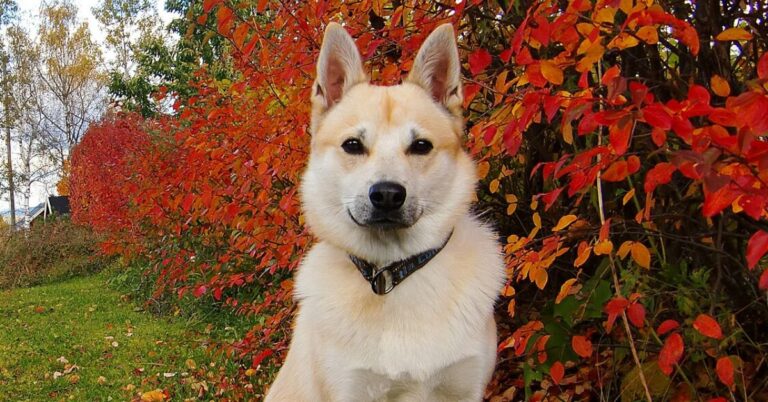15 Things to Understand About a Dog’s Sense of Humor
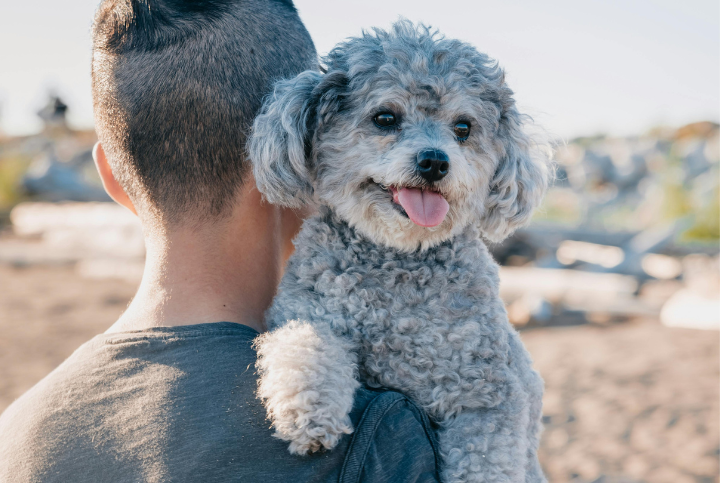
We’ve all seen dogs do silly things that make us laugh, but have you ever wondered if they’re in on the joke? As it turns out, dogs might have a better sense of humor than we give them credit for. Their playful pranks and goofy grins have a knack for making us smile. Here are 15 things to know about a dog’s sense of humor.
The Science of Dog Laughter
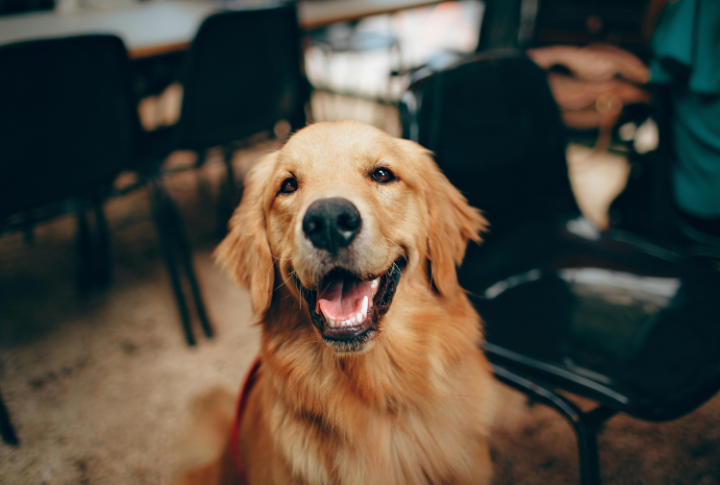
Dogs exhibit a unique vocalization during play that resembles laughter. The sound of laughter is short, breathy exhalations, which researchers believe serve as a social cue to other dogs, indicating that playtime is on. A study conducted by an animal behaviorist suggests that recordings of dog laughter helped reduce stress in shelter dogs.
Dogs Understand Human Emotions
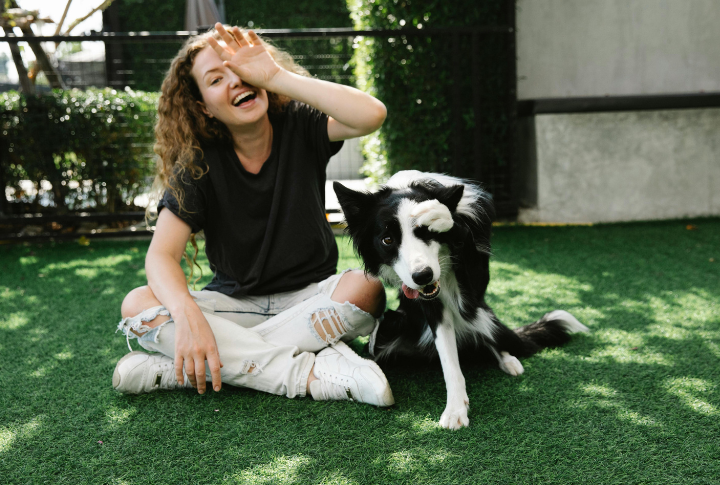
Research indicates they are highly attuned to human emotions and can respond accordingly. They often mirror our feelings, which may enhance their comedic timing when trying to elicit laughter or attention from us. This emotional intelligence allows them to engage in behaviors that they know will amuse their human companions.
Learning Through Laughter
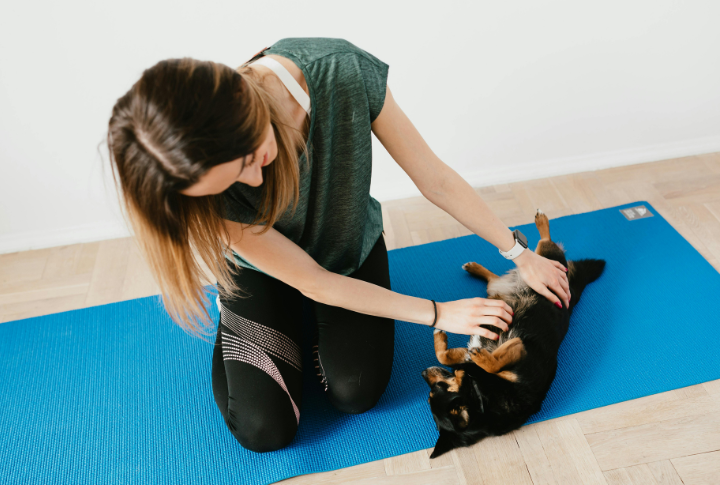
Dogs quickly learn which behaviors elicit laughter from their owners. When a dog performs an action that makes us laugh—like rolling over or playing fetch—it often repeats it for positive reinforcement. The interaction creates a feedback loop where the dog and owner enjoy shared moments of joy.
The Role of Playfulness in Canine Humor
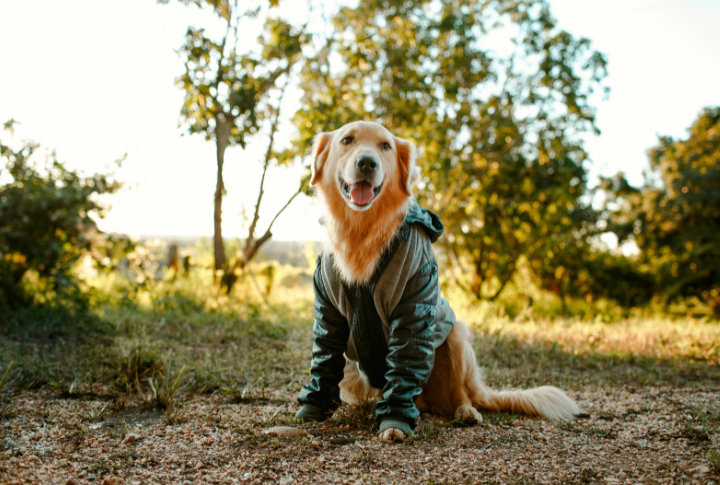
Playfulness is a significant aspect of canine behavior, linking it to a sense of humor. More playful dogs tend to engage in silly antics to entertain their owners. Undeniably, a Golden Retriever or an Irish Setter has a lively nature. However, other breeds may be less inclined to engage in humorous behaviors.
Different Breeds, Different Humor Styles
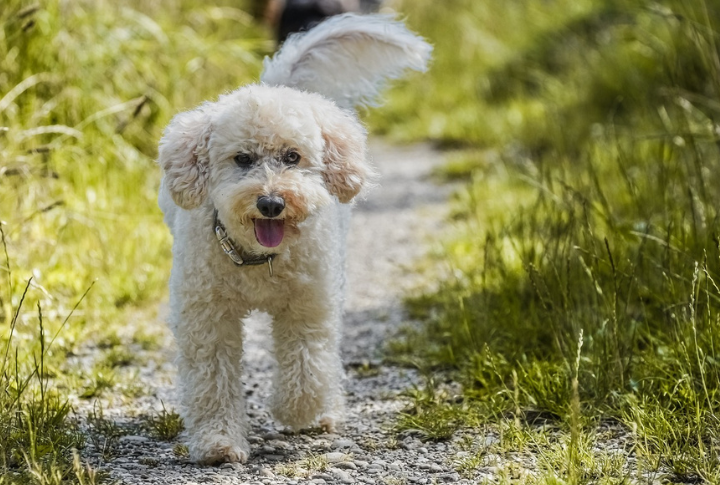
Not all dogs exhibit humor similarly; certain breeds are naturally more playful than others. For instance, Poodles and Beagles are known for their antics, while Bulldogs may not display the same level of humor. Understanding your dog’s breed can help you appreciate its unique personality traits.
Playful Antics as Practical Jokes
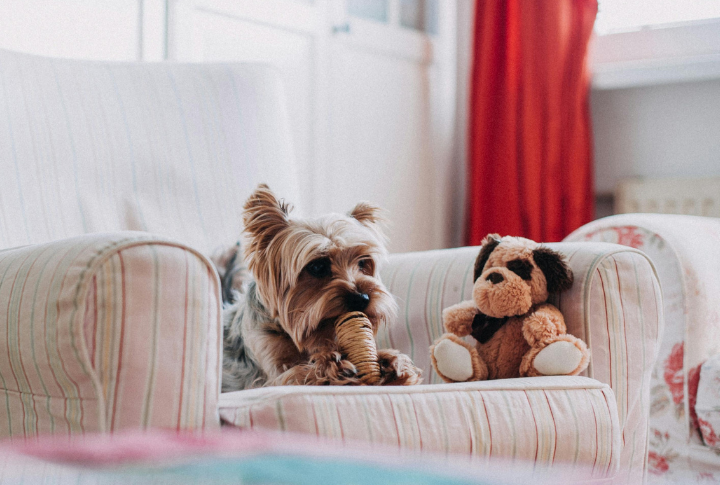
Many dogs enjoy pulling playful stunts, like pretending to hide their toys only to bring them out when you’re not looking. Such behavior shows their cleverness and ability to engage in activities that resemble human pranks. While we may never know if they understand humor, these antics make it seem like they’re in on the joke!
Role of Play Bow
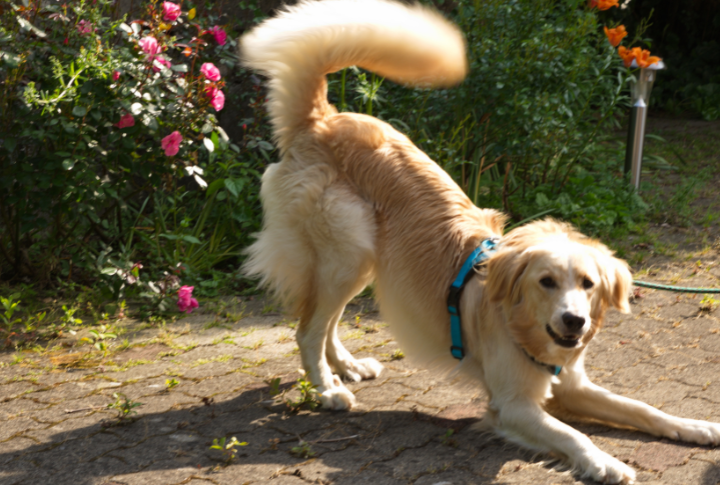
The play bow—where a dog lowers its front end while keeping its rear end up—is a universal sign of playfulness in dog language. This gesture is essential in preventing playful behavior from being misinterpreted as aggression. It’s like a dog’s version of saying it’s all done in fun.
Facial Expressions That Make Us Laugh
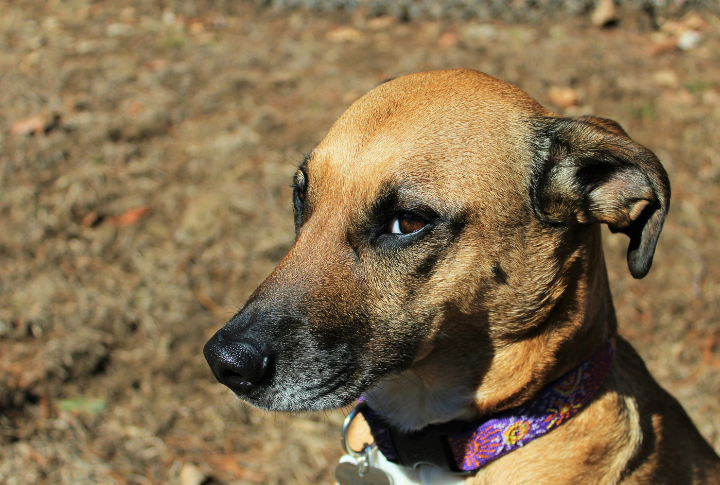
Though they may not laugh like we do, their facial expressions can speak volumes. From the mischievous look they give after being caught red-handed to the wide-eyed excitement they show when it’s playtime, dogs have a way of communicating with their faces that can bring a smile to anyone’s face.
Dogs Love To Keep Us Running
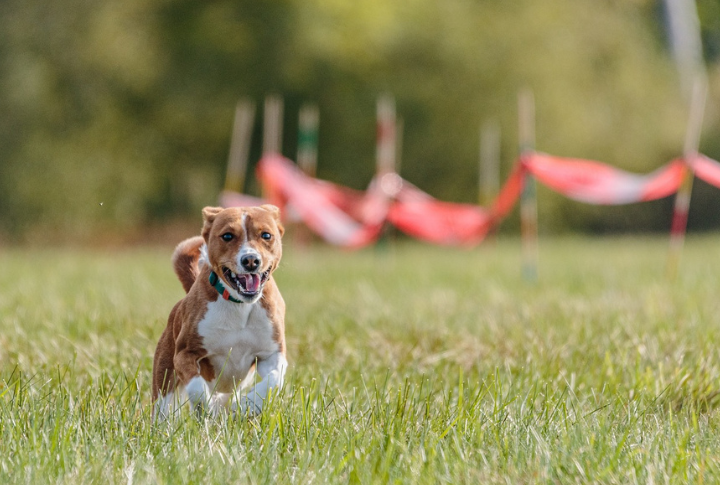
Often, they initiate games of chase, whether with a ball, another canine, or sometimes us! Dogs run fast enough to make it a challenge, encouraging us to join in the fun. This playful game taps into their instincts but also feels like they’re deliberately keeping us on our toes with a lighthearted challenge.
Playful Nudges and Paws
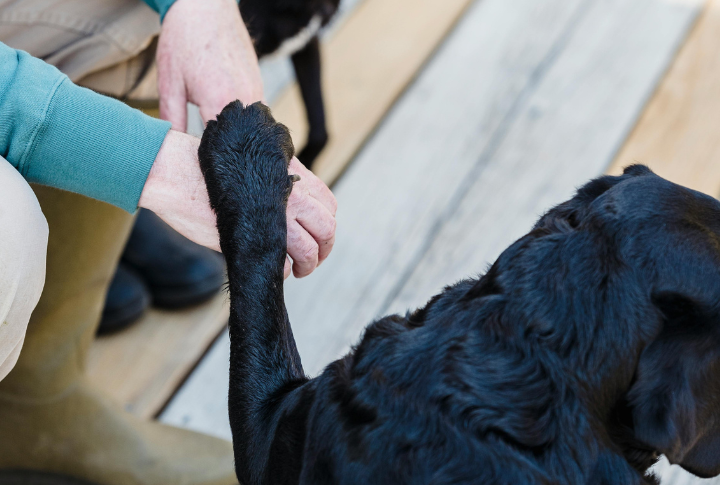
Have you ever had your dog give you a gentle nudge with their nose or a paw tap while you’re working? Interestingly, it’s their way of seeking attention and indulging in playtime. These little interruptions are often endearing and lead to laughter, showing how much dogs love interacting with us.
Canine Comedic Conversations
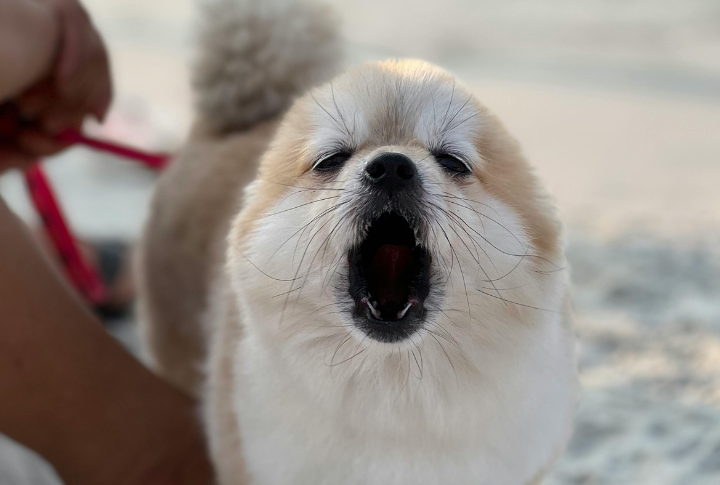
As vocal creatures, dogs often make hilarious sounds when they talk. These vocalizations can be incredibly entertaining, like the low grumbles trying to get their point across or the high-pitched whines begging for attention. Some dogs also modulate their barks and howls in response to human laughter.
Sneaky Sock Thief
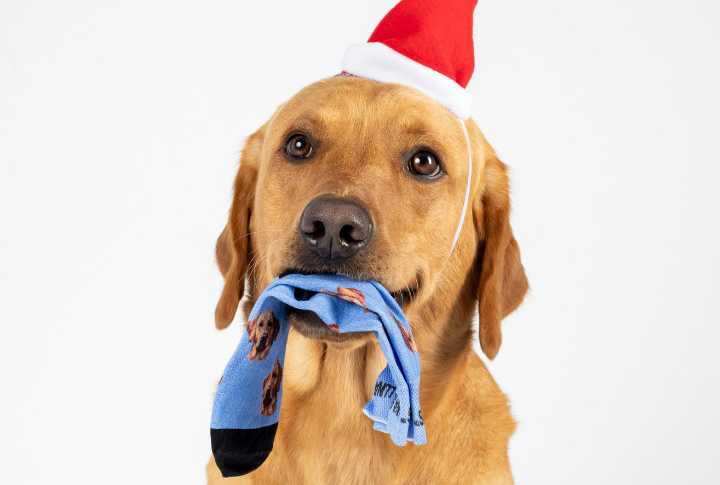
Many dogs love to sneak off with socks, although mischievous is a form of playful engagement. Dogs get drawn to items that carry their owner’s scent, and socks, being small and easy to grab, become perfect targets. They love the chase that follows when you realize the sock is missing.
Importance of Socialization
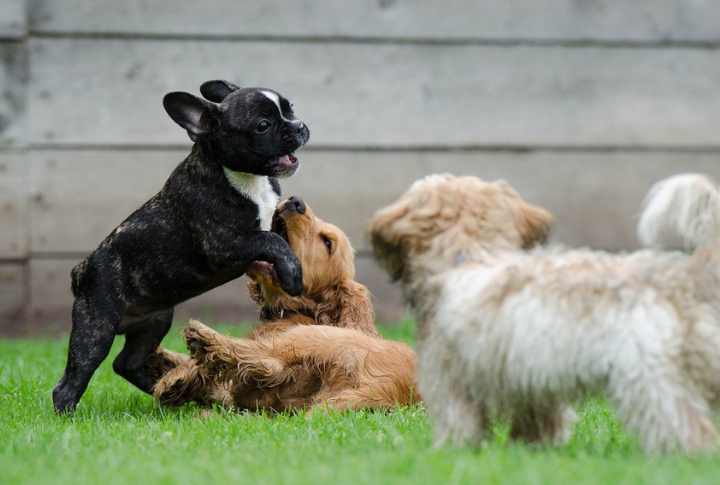
Proper socialization makes it easier for a dog to develop any ability, including a sense of humor. Dogs that regularly interact with other dogs and people are more likely to exhibit playful and humorous behaviors. These interactions help them learn what actions elicit laughter or attention from others.
The Connection Between Humor and Bonding
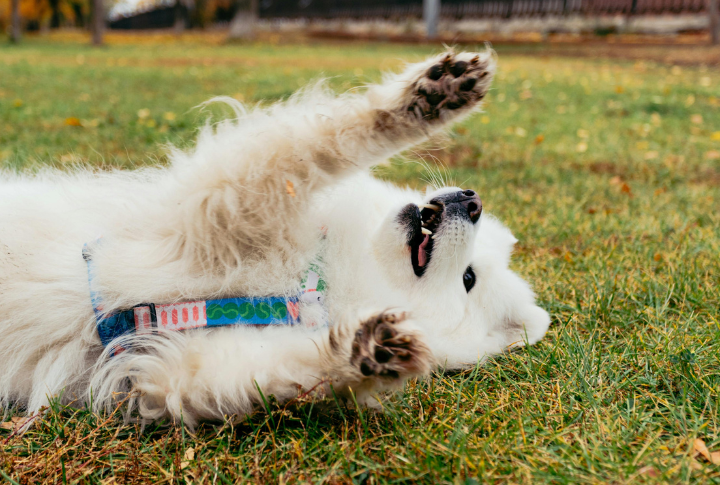
There’s something undeniably infectious about a dog’s happiness. When a dog is having a blast—zooming around the yard or joyfully rolling in the grass—it’s hard not to smile. This contagious joy is a form of emotional communication that strengthens the bond between dogs and humans.
Our Perception of Dog Humor
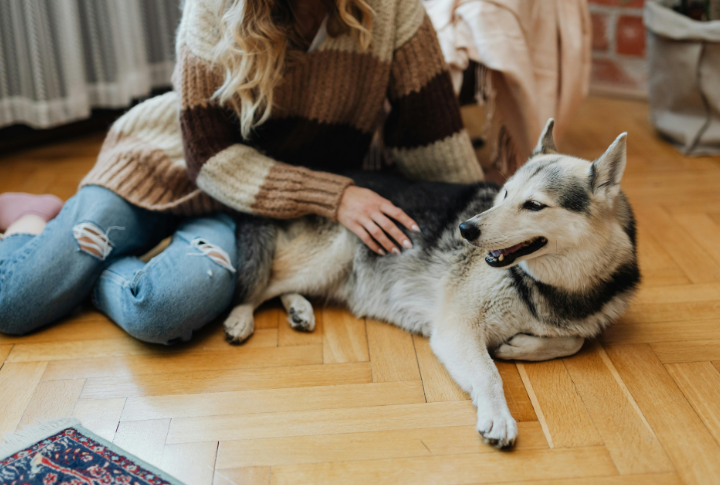
Human perception of dog humor varies widely, with some people finding joy in their dog’s playful antics while others may not enjoy them as much. Even if these antics aren’t always appreciated, recognizing them as a core aspect of canine behavior can help owners respond with patience and understanding.


